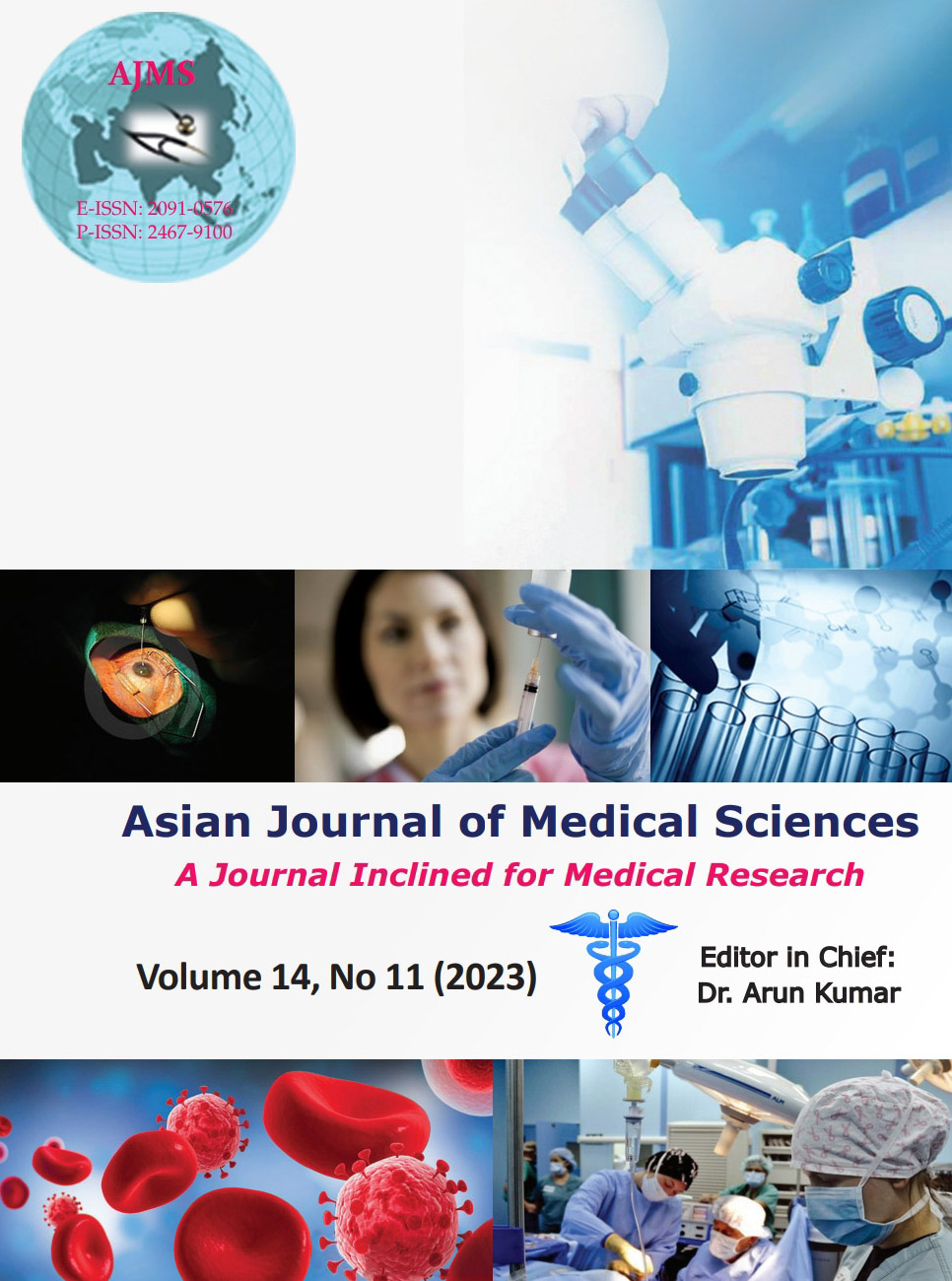Comparison of saddle block and pudendal nerve block by SEPTA technique for anorectal surgeries: A randomized control study
Keywords:
Anorectal; Saddle block; Local anesthesia; Hemorrhoidectomy; PudendalAbstract
Background: Simplified easily reproducible pudendal nerve block technique for anorectal surgery (SEPTA) is a novel technique of local anesthesia for anorectal surgeries.
Aims and Objectives: The present study was undertaken to assess the feasibility of SEPTA technique in terms of perioperative anesthesia and patients satisfaction.
Materials and Methods: A prospective, randomized, comparative single-blinded study was done with 30 patients in each of two groups. Patients in Group A received Saddle Block and in group B received pudendal nerve block by SEPTA technique. Patients were evaluated with respect to onset of anesthesia, first rescue analgesia, ambulation, and patient satisfaction scores. Statistical Analysis: Student’s independent t-test or Mann–Whitney U-test was employed for comparing continuous variables. The chi-square test or Fisher’s exact test, whichever appropriate, was applied for comparing categorical variables.
Results: Onset of anesthesia was earlier (3.72±2.78 min) in Group B as compared to Group A (7.15±4.19 min). Time to first rescue analgesia was earlier in Group A (132.1±23.75 min) as compared to Group B (223.2±92.51 min). Group B patients had early ambulation (32 min) postoperatively as compared to Group A patients (297.1 min), which was statistically significant.
Conclusion: SEPTA is a good alternative to Saddle Block for providing anesthesia for anorectal surgeries with added advantages of rapid onset, no risk of nausea, vomiting, back pain, urinary retention and early ambulation, and discharge of the patient.
Downloads
Downloads
Published
How to Cite
Issue
Section
License
Copyright (c) 2023 Asian Journal of Medical Sciences

This work is licensed under a Creative Commons Attribution-NonCommercial 4.0 International License.
Authors who publish with this journal agree to the following terms:
- The journal holds copyright and publishes the work under a Creative Commons CC-BY-NC license that permits use, distribution and reprduction in any medium, provided the original work is properly cited and is not used for commercial purposes. The journal should be recognised as the original publisher of this work.
- Authors are able to enter into separate, additional contractual arrangements for the non-exclusive distribution of the journal's published version of the work (e.g., post it to an institutional repository or publish it in a book), with an acknowledgement of its initial publication in this journal.
- Authors are permitted and encouraged to post their work online (e.g., in institutional repositories or on their website) prior to and during the submission process, as it can lead to productive exchanges, as well as earlier and greater citation of published work (See The Effect of Open Access).




